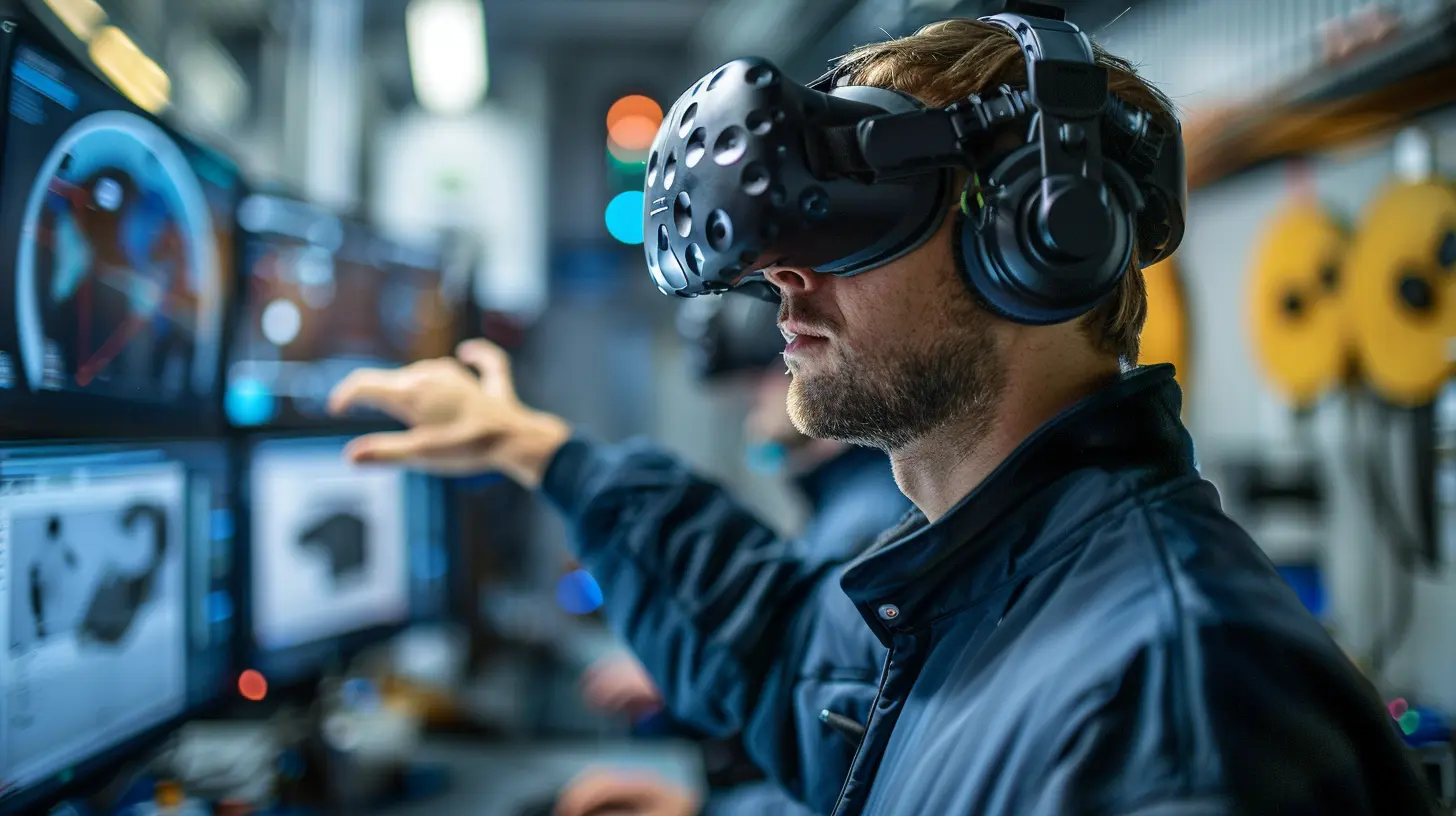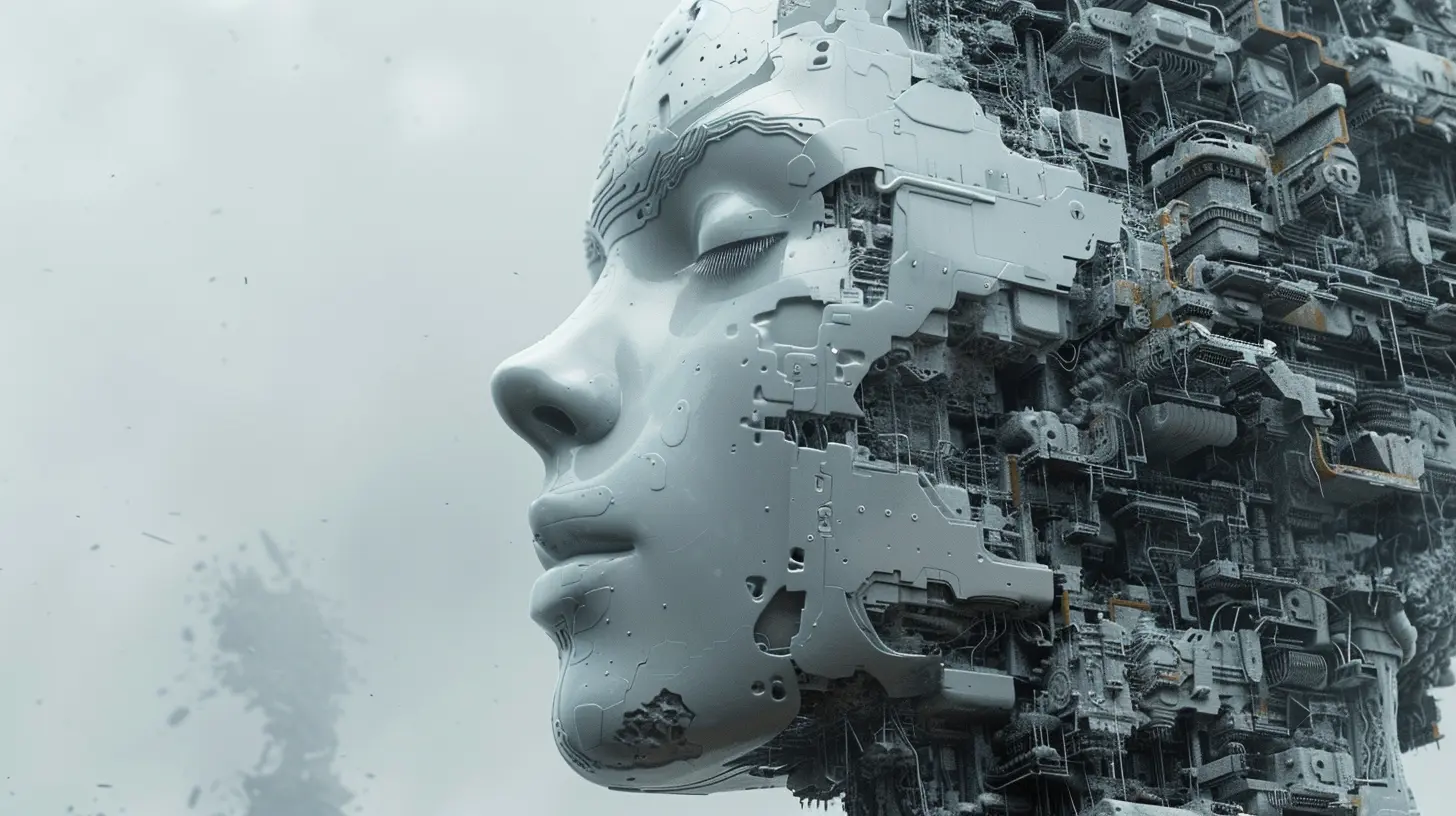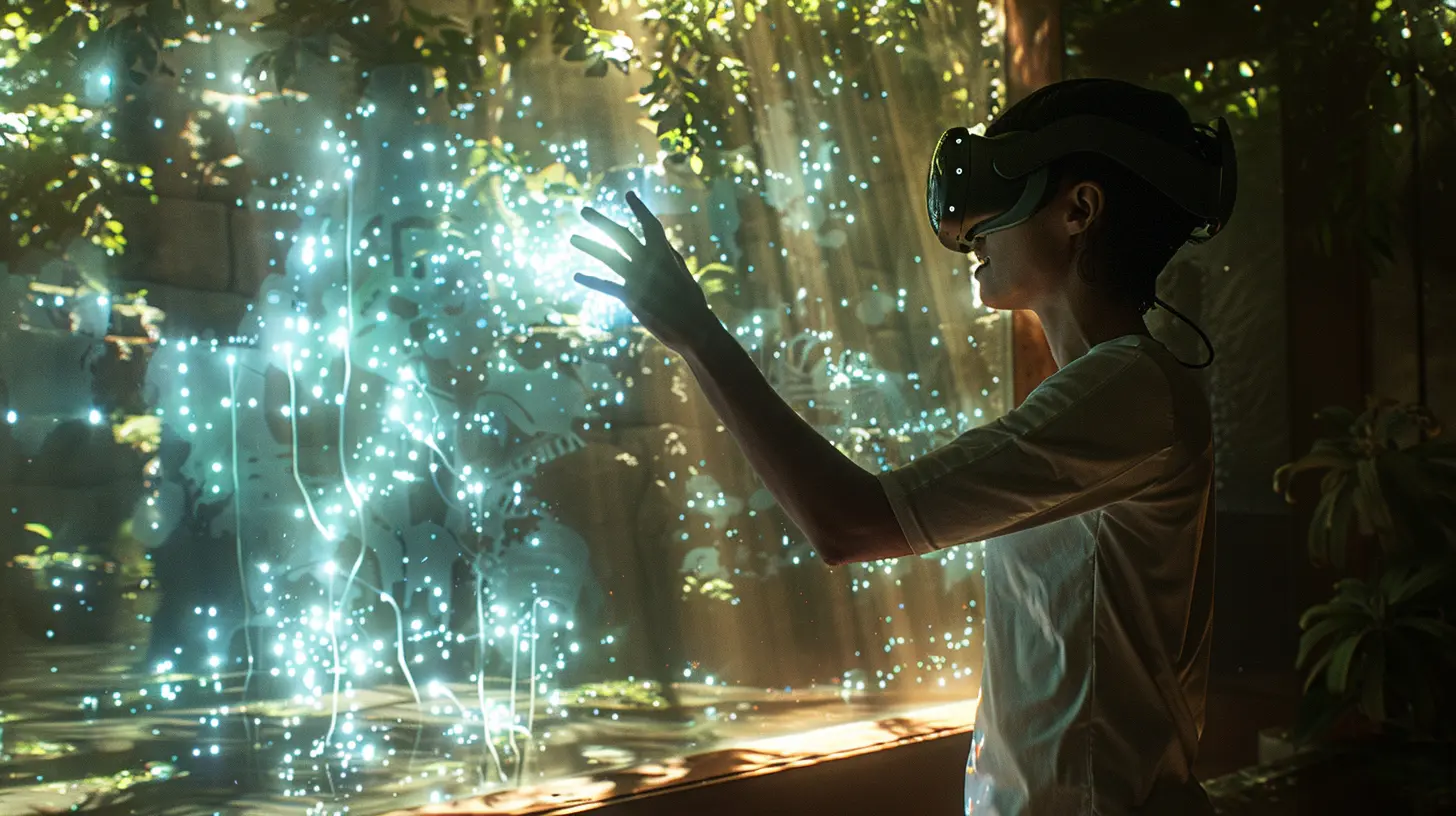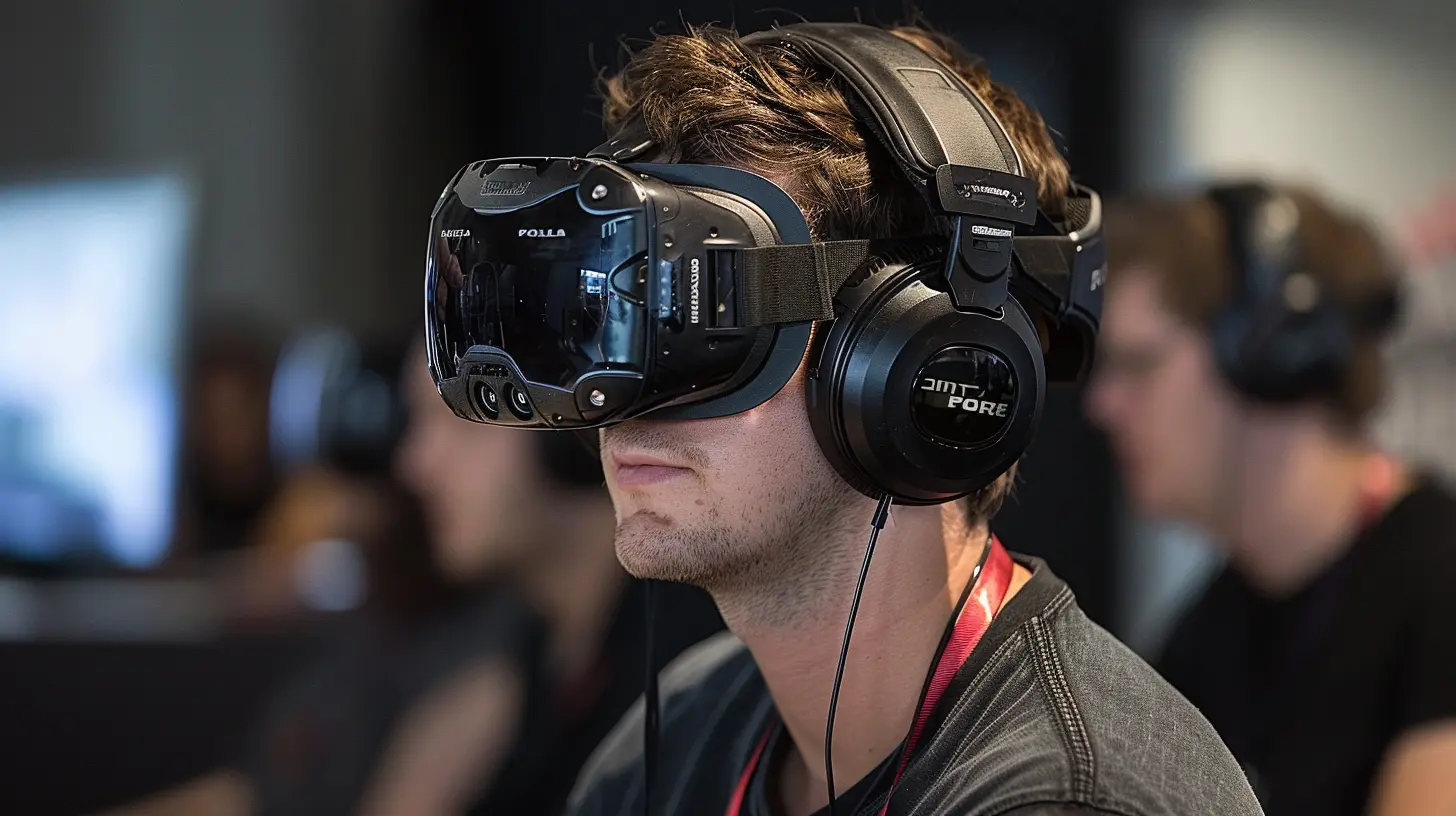Exploring the Role of Artificial Intelligence in Virtual Reality
1 September 2025
Let’s be real for a second—virtual reality (VR) is already mind-blowing. Strap on a VR headset, and suddenly you're diving into worlds that used to live only in your imagination. But what if I told you VR is about to get a serious upgrade? Yep, we’re talking about Artificial Intelligence (AI) stepping into the scene.
If VR is the stage, then AI is the director pulling the strings behind the curtain, making sure every part of the show feels tailored, smarter, and more lifelike. This duo is the tech world’s new power couple—and things are only just heating up.
In this article, we're diving deep into how AI is shaking up the virtual reality space. We’re talking smarter experiences, natural interactions, and virtual worlds that actually think. Buckle up!
What Happens When VR Meets AI?
Alright, picture this: You pop on your VR headset, and instead of fighting brain-dead zombies or wandering glitchy landscapes, you’re cooperating with characters that actually think, adapt, and learn from your behavior. You’re inside a game or a simulation that knows what you're likely to do next and reacts accordingly.That’s the magic of AI in VR.
Artificial Intelligence adds brains to the brawn of virtual reality. While VR gives you the immersive experience, AI makes that experience dynamic and intelligent. It’s like the difference between talking to an answering machine and chatting with a real person.
The Core Benefits of AI in Virtual Reality
Let’s break down what makes the AI-VR combo such a game-changer.1. Hyper-Personalization
How cool would it be if your VR environment learned your likes and dislikes and created a world just for you?AI algorithms can analyze your behavior in real-time—your decisions, movement patterns, even eye-tracking data. Using that, the virtual world evolves. Games adapt their difficulty, virtual assistants change their tone, and training simulations modify scenarios based on your performance.
This isn't a one-size-fits-all experience. This is personalization on steroids.
2. Smarter Virtual Characters (NPCs with Brains)
In traditional VR games, non-player characters (NPCs) usually follow scripts. Ask a question, get a canned response. Predictable, boring, and let’s face it—fake.Now, pump AI into the mix. With machine learning and natural language processing (NLP), NPCs can react in real-time based on what you say and do. They can learn, adapt, even remember past interactions.
It's like going from cardboard cut-outs to full-blown personalities.
3. Real-Time Data Analysis
Imagine a VR system that learns from a constant flow of data—how you're moving, what you're looking at, where you're struggling. AI crunches that data instantly and tweaks the environment accordingly.In gaming, that means dynamic level adjustments and smarter AI enemies. In education and simulations, it means customized learning paths or training modules.
It’s not just reactive—it’s proactive.
AI in VR: Use Cases That Are Already Blowing Minds
This isn’t science fiction anymore. AI is already crushing it across several VR applications.1. VR Gaming
Let’s start with the obvious one—gaming.AI makes games more immersive and unpredictable. Instead of lifeless foes with preset moves, you've got enemies that strategize, hunt, and evolve. AI tracks your gameplay patterns and changes how the game unfolds.
Ever played a horror game where the antagonist learns your hiding spots? That’s AI at work making sure you never get too comfortable.
2. Virtual Training & Simulations
For industries like healthcare, aviation, and defense, VR training is a game-changer. But when you combine it with AI?You get simulations that mimic real-world stressors, adapt in complexity, and provide personalized feedback. A trainee surgeon, for instance, can get analyzed in real-time based on precision, decision-making speed, and focus.
AI in VR takes learning from “watch and repeat” to “watch, do, fail, adapt, and master.”
3. Remote Collaboration & Workspaces
Working remotely is the new normal. But Zoom calls can only get you so far.With VR, you’re sitting in a virtual office. Add AI, and now your virtual assistant takes meeting notes, schedules reminders based on your workload, and even predicts project delays based on team behavior.
You’re not just working virtually—you’re working intelligently.
4. Mental Health & Therapy
Now here’s a feel-good use case.AI-driven VR therapy environments can help treat PTSD, anxiety, or phobias through controlled exposure in a safe, virtual space. AI tailors these environments in real-time based on biometric feedback like heartbeat, eye movement, or speech pattern.
It’s like having a personal therapist who learns with you and evolves the treatment accordingly.
Create, Don’t Code: AI & VR Content Creation
Let’s talk about YOU creating in VR.Creating a full VR world used to need a team of developers, artists, and coders. But what if you could just speak your idea, and AI builds it for you?
With AI-powered tools, you can describe a forest, a city skyline, or even a fantasy castle—and boom! The system generates it in VR. Voice commands, natural dialogues, and intelligent automation are turning users into creators.
You don’t need to know Unity or Unreal Engine. You just need imagination.
The Role of AI in Enhancing Immersion
VR immersion is all about tricking your brain into thinking what you’re seeing and hearing is real. AI cranks that illusion up to 11.Whether it’s facial recognition for avatar expressions, AI-generated soundscapes, or dynamic weather systems that change based on emotional tone—AI makes the virtual feel visceral.
You're not just seeing a jungle—you feel like you're actually there, from the rustling leaves to the AI-driven monkey hopping across your path.
Challenges: Not Everything’s Sunshine and Simulations
Hey, we’ve got to be honest—this brave new world isn’t without its bumps.1. Privacy Concerns
AI in VR needs data—a lot of it. Your actions, voice, facial recognition, even biometrics might be tracked. That raises some serious privacy red flags.Who owns this data? How secure is it? Can it be misused?
These aren’t hypotheticals—they’re critical questions we need to answer now, not later.
2. Ethical Dilemmas
What happens when AI-driven NPCs become too realistic? Could they manipulate emotions? Could AI in therapy ever replace a real therapist? Should it?We’re stepping into emotional and ethical territory that tech is not yet fully prepared for.
3. Accessibility
One more thing—AI and VR tech doesn’t come cheap. While prices are slowly coming down, the barrier to entry is still high for many people and businesses.Until we fix that, this revolutionary tech won't be truly inclusive.
What’s Next for AI and VR?
We're still just scratching the surface. Here’s a quick glimpse into what the future might look like:- Fully Sentient NPCs: Characters that evolve over time in a persistent world—even when you're not logged in.
- Predictive Learning Platforms: AI systems that not only react but predict future actions in VR training or therapy.
- Emotionally Aware AI: Tools that can sense your mood and adapt the virtual environment’s tone, lighting, or dialogue accordingly.
- AI-Generated VR Films: Movies where the storyline shifts based on your emotional and physical reactions.
Basically, if you think VR is amazing now, just wait until AI finishes unpacking its stuff.
Final Thoughts: The Age of Intelligent Immersion
AI is the not-so-secret sauce that’s making VR go from impressive to downright revolutionary.Together, they're not just shaping how we play games or attend meetings—they’re changing how we learn, communicate, treat illnesses, and create. This partnership is building more than just tech; it’s building a new reality—one that thinks, learns, and adapts to each of us.
So, whether you're a gamer, a developer, a therapist, or just a curious mind—you’re going to want to keep an eye on this space.
Because in the world of VR, artificial intelligence isn’t just enhancing the experience—it’s defining it.
all images in this post were generated using AI tools
Category:
Virtual RealityAuthor:

Michael Robinson
Discussion
rate this article
1 comments
Honor Erickson
This article effectively highlights AI's transformative impact in enhancing user experiences within virtual reality environments.
September 5, 2025 at 3:48 AM

Michael Robinson
Thank you for your feedback! I'm glad you found the article insightful regarding AI's role in enhancing VR experiences.


